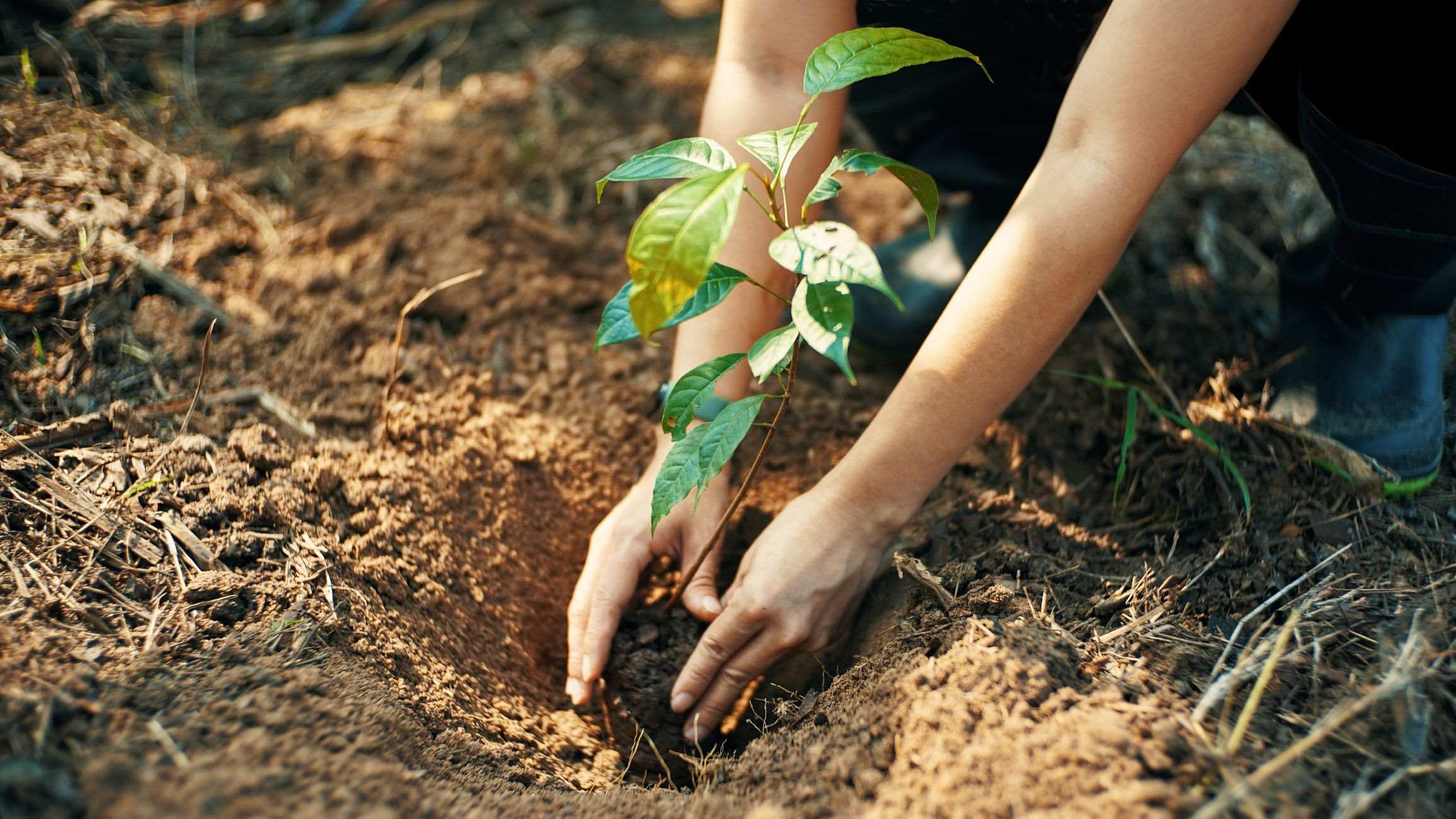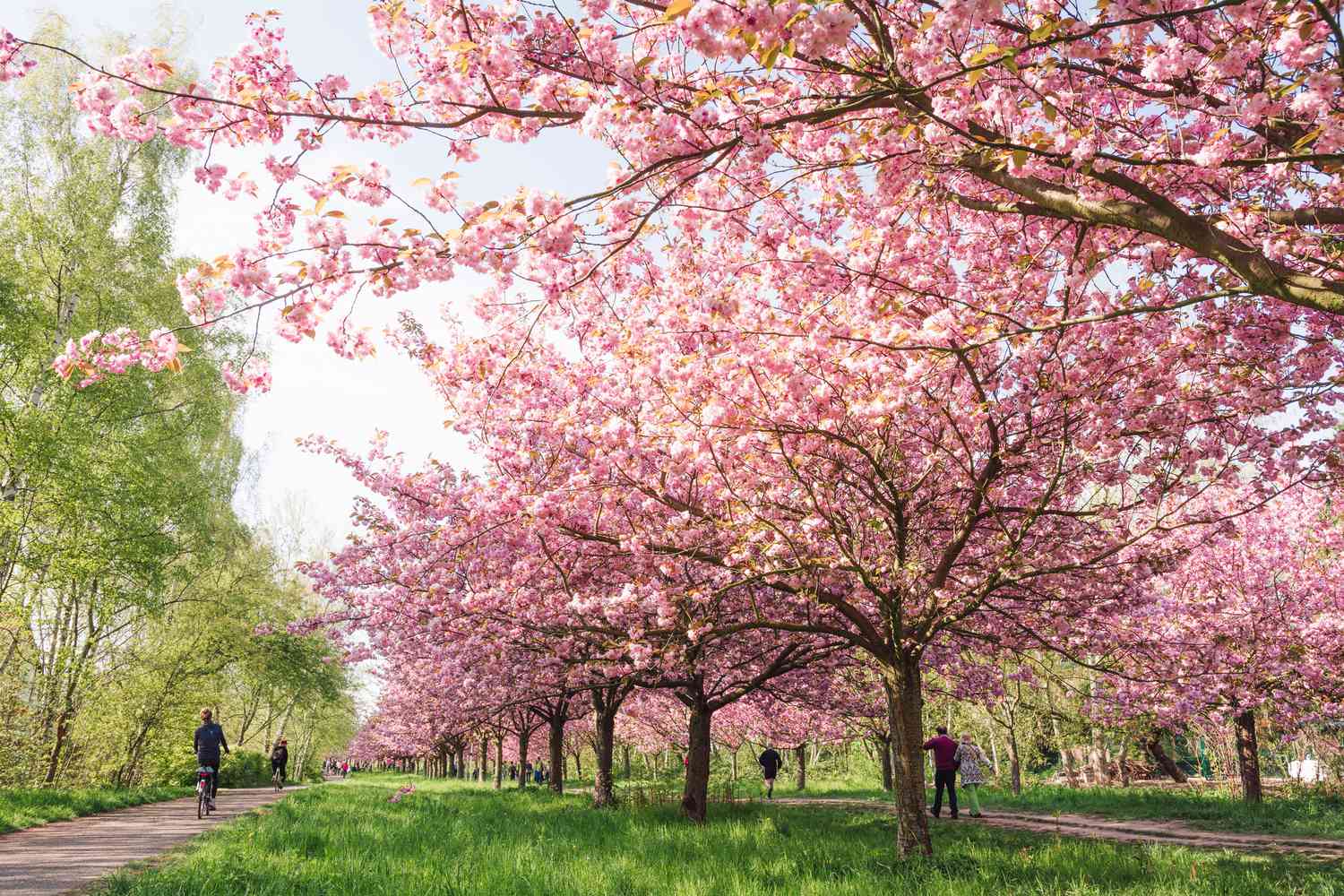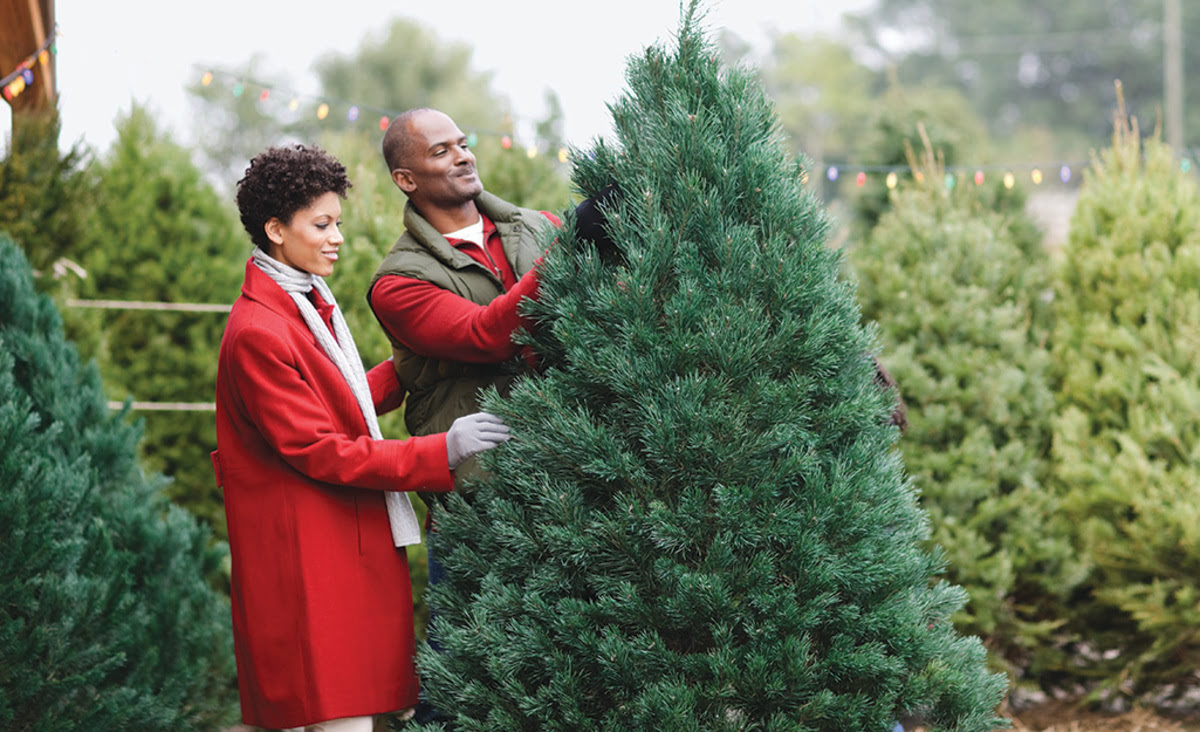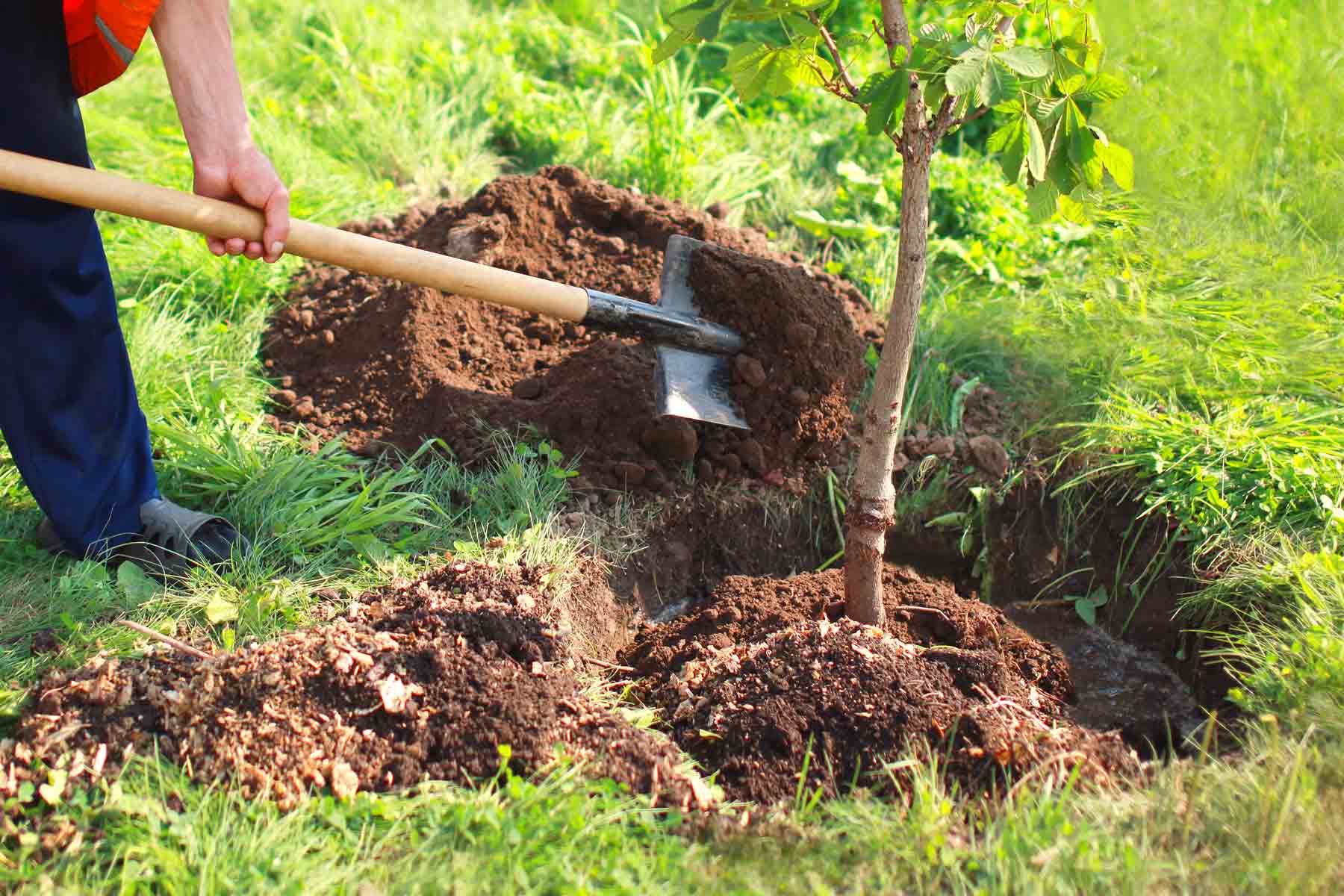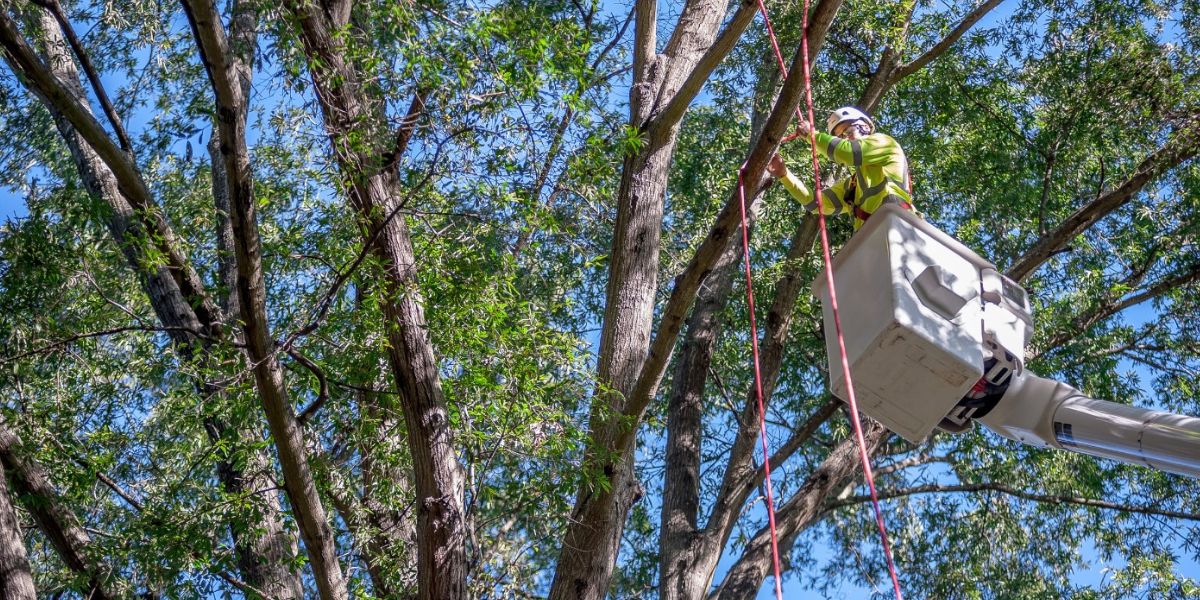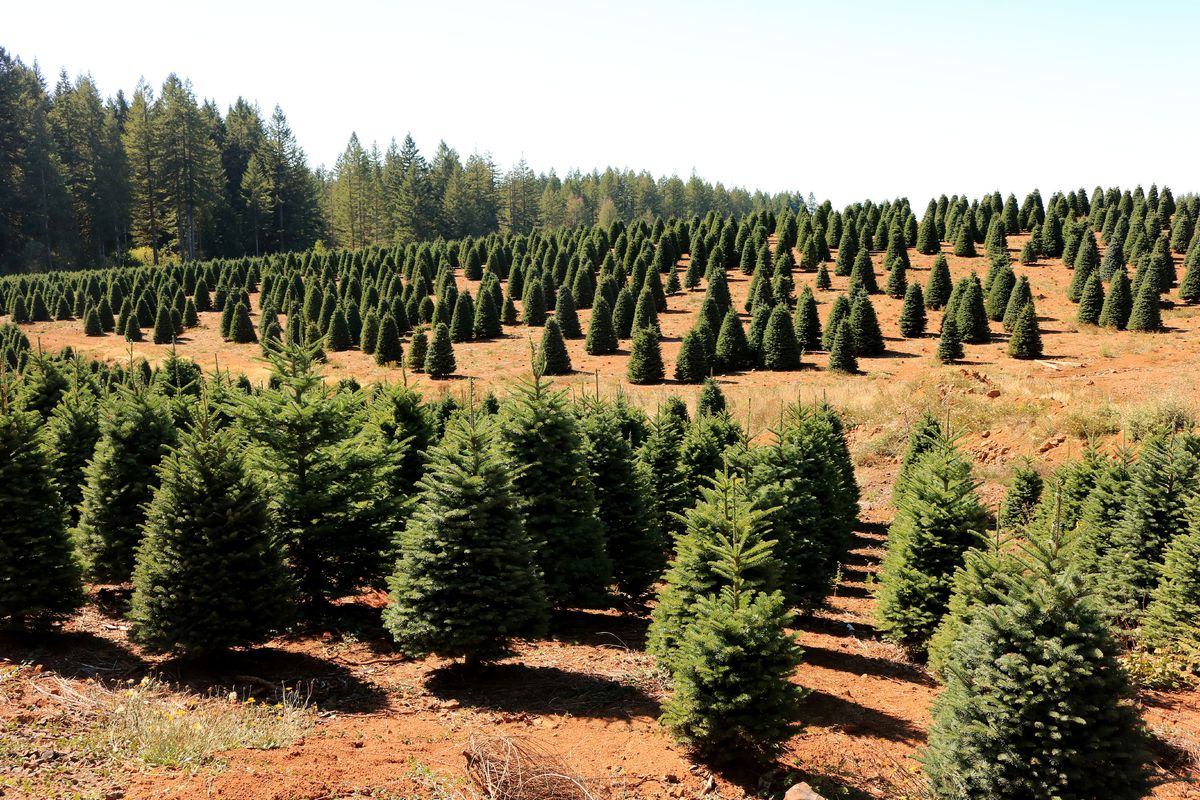Home>Types of Gardening>Ornamental Gardening>How Much Are Weeping Willow Trees


Ornamental Gardening
How Much Are Weeping Willow Trees
Modified: February 8, 2024
Find out the cost of weeping willow trees and discover their beauty in your ornamental gardening. Visit our website for more details.
(Many of the links in this article redirect to a specific reviewed product. Your purchase of these products through affiliate links helps to generate commission for Chicagolandgardening.com, at no extra cost. Learn more)
Table of Contents
Introduction
Ornamental gardening is a popular hobby for many enthusiasts, and one of the most captivating and elegant additions to any garden is a weeping willow tree. With its graceful branches cascading downwards, the weeping willow creates a serene and picturesque atmosphere, making it a favorite among homeowners and landscapers alike.
But how much does it cost to bring the beauty of a weeping willow tree to your own garden? The price of weeping willow trees can vary depending on several factors, including size, age, and where you purchase them. In this article, we will explore the average price range of weeping willow trees and the additional costs associated with their care and maintenance.
Before diving into the costs, let’s take a moment to appreciate the benefits of having weeping willow trees in your garden. Not only are they visually stunning, but they also offer numerous advantages that make them a valuable addition to any outdoor space.
First and foremost, weeping willow trees provide shade and shelter. Their long, drooping branches create a natural canopy, shielding you from the scorching sun and offering a cool retreat during hot summer days. This can significantly reduce your energy consumption by lowering the need for air conditioning and providing a natural cooling effect.
Moreover, weeping willow trees are excellent at controlling erosion. Their extensive root systems help stabilize soil on slopes and riverbanks, preventing the loss of valuable topsoil caused by water runoff. This makes them particularly beneficial for gardens located near bodies of water, as they can prevent soil erosion and maintain the integrity of the land.
Additionally, weeping willow trees are known for their ability to absorb excess water. This makes them an ideal choice for areas prone to flooding or those with poor drainage. By absorbing excessive moisture, they can help alleviate waterlogged soil and prevent water damage to other plants in the garden.
With their sweeping branches and unique aesthetic appeal, weeping willow trees also make for a stunning focal point in any landscape design. They add a touch of elegance and whimsy to any garden and can serve as a captivating backdrop for outdoor gatherings and events.
Now that we’ve explored the benefits of weeping willow trees, let’s delve into the various factors that can affect their cost, allowing you to make an informed decision when purchasing one for your own garden.
Benefits of Weeping Willow Trees
Weeping willow trees offer a myriad of benefits that make them a cherished addition to any garden or landscape. Let’s explore some of the advantages they bring:
1. Shade and Shelter: The graceful, drooping branches of a weeping willow create a natural canopy, providing ample shade and shelter from the sun’s rays. This makes them a popular choice for creating cool and comfortable outdoor spaces during hot summer days.
2. Erosion Control: Weeping willow trees have an extensive root system that helps stabilize soil on slopes and riverbanks. This makes them an excellent choice for areas prone to erosion, as they can prevent the loss of valuable topsoil caused by water runoff.
3. Water Absorption: Weeping willows have a remarkable ability to absorb excess water from the ground. This makes them particularly beneficial for gardens with poor drainage or areas prone to flooding. Their absorbent nature helps prevent waterlogged soil and protects other plants from water damage.
4. Aesthetic Appeal: With their cascading branches and unique silhouette, weeping willow trees add charm and character to any landscape. Their graceful presence serves as a stunning focal point, creating a sense of tranquility and beauty.
5. Wildlife Habitat: Weeping willow trees support a diverse range of wildlife. Birds often nest in their branches, and their leaves provide an ideal food source for various insects. By planting a weeping willow, you can contribute to the preservation of local biodiversity.
6. Air Quality Improvement: Like all trees, weeping willows play a crucial role in improving air quality. They remove harmful pollutants from the atmosphere, such as carbon dioxide and sulfur dioxide, while releasing oxygen. This helps create a healthier and cleaner environment for everyone.
7. Stress Reduction: The presence of weeping willow trees can have a calming effect on individuals. Being surrounded by their serene and tranquil beauty can reduce stress and promote a sense of well-being.
8. Privacy Enhancement: Due to their dense foliage and drooping branches, weeping willows can act as a natural privacy screen. They create a sense of seclusion and add an element of privacy to your outdoor space.
By incorporating a weeping willow tree in your garden, you can enjoy these numerous benefits while adding a touch of elegance and natural beauty to your outdoor oasis. Now that we understand the advantages of having a weeping willow, let’s explore the various factors that can influence the cost of these majestic trees.
Factors Affecting the Cost of Weeping Willow Trees
When it comes to purchasing a weeping willow tree, several factors can influence the overall cost. Understanding these factors will help you make an informed decision and determine the right tree for your budget. Let’s explore the key considerations:
1. Size and Age: The size and age of a weeping willow tree significantly impact its cost. Mature trees with larger canopies and established root systems tend to be more expensive than smaller, younger saplings. If you’re looking for an instant impact, opting for a larger tree will come with a higher price tag.
2. Growth Rate: Weeping willow trees are known for their rapid growth rate. Trees that have been nurtured and pruned for faster growth will generally be more expensive than slower-growing varieties. Consider your desired timeline for the tree to reach its full potential when deciding on the growth rate that fits your needs.
3. Type of Willow Tree: There are several different species and cultivars of weeping willow trees, each with its unique characteristics. Some varieties may be rarer, more desirable, or have specific features that make them more expensive. Researching the different types of weeping willow trees and their specific attributes will help in choosing the one that aligns with your preferences and budget.
4. Source of Purchase: Where you choose to buy your weeping willow tree can affect its price. Nurseries and garden centers often offer a range of tree sizes and quality, with prices varying accordingly. Online retailers and specialty tree farms may also have different pricing structures. It’s advisable to compare prices and reputations of different sources to ensure you’re getting the best value for your money.
5. Additional Services: Some sellers may offer extra services like delivery and installation for an additional cost. These services can be convenient, especially if you’re not equipped to transport or plant the tree yourself. However, keep in mind that they will add to the overall expense, so consider whether these services are necessary for your specific situation.
6. Local Climate Suitability: Weeping willow trees thrive in moist soil and humid climates. If you live in an area with a climate less suitable for these trees, they may require additional care or maintenance to ensure their survival. Choosing a tree that is better adapted to your local climate can save you money on potential extra care or replacement costs in the long run.
By considering these factors, you can better estimate the cost of purchasing a weeping willow tree and ensure that it aligns with your budget and gardening goals. Now that we have explored the factors that affect cost, let’s proceed to the next section to discuss the average price range of weeping willow trees.
Average Price Range of Weeping Willow Trees
When it comes to the cost of weeping willow trees, the price can vary depending on several factors, including the size, age, and source of the tree. While it’s difficult to provide an exact price, we can offer a rough estimate of the average price range for these beautiful trees.
Generally, smaller weeping willow saplings, ranging from 2 to 4 feet in height, can be found at nurseries or garden centers for an average price of $20 to $50 per tree. These smaller trees are ideal for those on a budget or for individuals looking to plant multiple trees and allow them to grow over time.
If you’re looking for a more established weeping willow tree with a larger canopy and root system, you can expect to pay a higher price. Mature weeping willow trees, typically in the range of 6 to 12 feet in height, can cost anywhere from $100 to $500 per tree, depending on their size and quality.
Another factor that can influence the cost of weeping willow trees is their rarity or specific characteristics. Some unique cultivars or species that are more uncommon may be priced higher due to their scarcity or desirable features. These specialty trees can range from $200 to $1000 or more, depending on their rarity and demand.
It’s important to note that these prices are only estimates, and actual costs can vary depending on the region, availability, and other factors mentioned earlier. To get the most accurate pricing, it’s recommended to reach out to local nurseries, garden centers, or online retailers and inquire about their specific prices and inventory.
When considering the price of a weeping willow tree, it’s essential to remember that it’s an investment that can provide a lifetime of beauty and benefits to your garden. The cost of the tree should be weighed against the long-term advantages it offers, such as shade, erosion control, and aesthetic appeal.
Now that we have discussed the average price range of weeping willow trees, let’s move on to explore where you can purchase these magnificent trees for your garden.
Where to Buy Weeping Willow Trees
There are several options available when it comes to purchasing weeping willow trees for your garden. Here are some common places where you can find these beautiful trees:
1. Nurseries and Garden Centers: Local nurseries and garden centers often carry a variety of trees, including weeping willows. Visit your nearest nursery to explore their selection, receive expert advice, and even have the opportunity to see the trees in person before making a purchase. This can be a great option if you prefer a hands-on experience and want to support local businesses.
2. Online Retailers: Many online gardening retailers offer a wide range of trees, including weeping willows, which can be conveniently delivered to your doorstep. Online shopping provides the advantage of accessing a larger inventory, comparing prices, and reading customer reviews to ensure you find the right tree for your needs. However, it’s essential to research the credibility and reputation of the online retailer before making a purchase.
3. Tree Farms: Tree farms specialize in cultivating and selling various types of trees, including weeping willows. These farms often have a vast selection of trees in different sizes and ages. Visiting a tree farm can be an enjoyable experience, as you can witness the process of the trees being grown and cared for. This option allows you to handpick the tree that best suits your preferences.
4. Local Arborists or Landscapers: Consulting with a local arborist or landscaper can provide valuable insights and guidance when it comes to purchasing weeping willow trees. These professionals are knowledgeable about tree species, maintenance requirements, and can often recommend reputable sources to purchase trees from. They may even be able to help with the delivery and planting process if needed.
5. Community Plant Sales and Exchanges: Keep an eye out for community plant sales or exchanges in your area. These events often feature a wide variety of plants, including weeping willow trees. Not only can you find trees at potentially lower prices, but you can also connect with other gardening enthusiasts and exchange tips and advice.
Before purchasing a weeping willow tree, make sure to inquire about the tree’s health, ensure it is disease-free, and ask about any specific care instructions. Additionally, consider the reputation and reliability of the seller before making a purchase.
By exploring these different avenues, you can find a weeping willow tree that fits your requirements, budget, and preferences. Now that we know where to buy these trees, let’s explore the additional costs associated with caring for weeping willow trees.
Additional Costs Associated with Weeping Willow Trees
While the initial cost of purchasing a weeping willow tree is an important consideration, it’s essential to be aware of the additional costs associated with caring for these majestic trees. Here are some common expenses you may encounter:
1. Professional Tree Services: If you are not well-versed in tree care or do not have the necessary tools, you may need to hire professional tree services. These services can include tree trimming, pruning, or even the removal of dead or diseased branches. The cost of these services can vary depending on the complexity of the job and the size of the tree.
2. Soil Amendments and Fertilizers: Weeping willow trees thrive in moist soil, so you may need to invest in soil amendments or fertilizers to ensure their optimal growth and health. Amendments such as organic matter or compost can improve the soil’s moisture retention and nutrient content. Fertilizers formulated for trees and shrubs can provide essential nutrients that may be lacking in your soil.
3. Irrigation and Watering Systems: Weeping willow trees require ample water to thrive, especially during their early years. Depending on your climate and rainfall patterns, you may need to invest in an irrigation system or manually water the tree on a regular basis. This may include the cost of purchasing sprinklers, soaker hoses, or drip irrigation systems, as well as the cost of water usage.
4. Pest and Disease Control: Like all living organisms, weeping willow trees can be susceptible to pests and diseases. You may need to invest in pest control measures such as insecticides or natural predators to keep pests at bay. Regular monitoring and early detection of diseases can also help prevent costly treatments or the potential loss of the tree.
5. Tree Support Systems: Weeping willow trees are known for their flexible and cascading branches, but in some cases, additional support systems may be needed. This can include using tree stakes, wires, or cables to provide stability during strong winds or storms. These support systems can prevent branches from breaking or the tree from leaning, reducing the risk of potential damage.
6. Maintenance Tools and Equipment: Caring for a weeping willow tree may require specific tools and equipment, such as pruning shears, loppers, or a sturdy ladder. Investing in quality tools can ensure safe and effective tree maintenance. These initial costs should be factored in when considering the overall expense of owning a weeping willow tree.
It’s important to budget for these additional costs associated with caring for weeping willow trees to ensure the tree remains healthy and flourishes in your garden. Regular maintenance and proper care can prolong the tree’s lifespan and preserve its beauty for years to come.
Now that we have explored the additional costs, let’s move on to the next section where we will provide some helpful tips for caring for weeping willow trees.
Tips for Caring for Weeping Willow Trees
Caring for weeping willow trees requires a combination of proper maintenance, attention to watering needs, and regular monitoring. Here are some helpful tips to ensure the health and longevity of your weeping willow tree:
1. Planting Location: Choose a planting location that offers ample space for the tree to grow and spread its drooping branches. Weeping willows prefer moist soil and full sunlight, so select a spot with good drainage and access to direct sunlight for a significant portion of the day.
2. Watering: Weeping willow trees thrive in moist soil, especially during their early years. Regularly water the tree, ensuring that the soil remains consistently moist but not waterlogged. Deep watering is essential to encourage strong root growth. Using a drip irrigation system or soaker hose can help provide a slow, steady water supply directly to the roots.
3. Pruning and Trimming: Prune weeping willow trees regularly to maintain their shape and remove any dead, damaged, or diseased branches. Pruning during the dormant season, such as late winter or early spring, is generally recommended. Avoid heavy pruning, as it can negatively impact the tree’s natural form and structure.
4. Mulching: Apply a layer of organic mulch around the base of the tree to help retain moisture, suppress weed growth, and regulate soil temperature. This will also contribute to the overall health of the tree by providing essential nutrients as the mulch breaks down over time. Keep the mulch a few inches away from the trunk to prevent moisture buildup and potential rot.
5. Fertilizing: Weeping willow trees generally do not require frequent fertilizing if the soil is healthy and nutrient-rich. However, if the tree shows signs of nutrient deficiency, such as yellowing leaves or stunted growth, you may consider applying a slow-release or balanced fertilizer specifically formulated for trees. Follow the manufacturer’s instructions for application rates and timing.
6. Pest and Disease Management: Regularly inspect your weeping willow tree for signs of pests or diseases. Common pests include aphids, caterpillars, and scale insects. If necessary, apply appropriate insecticides or seek natural pest control methods to address the issue. Monitor for common diseases such as root rot and leaf spot and take timely measures to prevent further damage.
7. Wind Protection: Weeping willow trees can be susceptible to wind damage due to their flexible branches. Consider planting the tree in a location that offers some wind protection, such as near a fence or building. Alternatively, you can install support systems like staking or cabling to provide stability during strong winds.
8. Regular Monitoring: Keep a close eye on the health of your weeping willow tree. Look for any signs of stress, such as wilting leaves, abnormal coloration, or dieback. Promptly address any concerns by adjusting watering practices, providing necessary care, or seeking professional advice if necessary.
By following these tips, you can ensure the health and vigor of your weeping willow tree. Remember that each tree is unique, so adapt your care routine based on the specific needs of your tree and your local climate. With proper care and attention, your weeping willow tree will become a beautiful centerpiece in your garden for years to come.
Conclusion
Weeping willow trees are not only visually stunning but also offer numerous benefits to any garden or landscape. From providing shade and shelter to controlling erosion and improving air quality, these magnificent trees have a lot to offer. However, it’s important to consider the various factors that can affect the cost of owning a weeping willow tree, including size, age, and rarity.
The average price range for weeping willow trees can vary, with smaller saplings being more affordable and mature trees with larger canopies commanding a higher price. Where you choose to purchase your tree, such as nurseries, online retailers, or tree farms, can also impact the cost. It’s crucial to budget for additional expenses, including professional tree services, soil amendments, irrigation systems, and pest control, to ensure the ongoing health and beauty of your weeping willow.
When caring for a weeping willow tree, it’s essential to provide the right conditions, including proper planting location, regular watering, and pruning when necessary. Mulching and fertilizing can also contribute to the tree’s overall health. Regular monitoring for pests, diseases, and signs of stress is key to maintaining the vitality of your tree.
By considering these factors and following the recommended care tips, you can enjoy the beauty and benefits of a weeping willow tree in your garden for years to come. Whether you choose to create a serene retreat or enhance the aesthetic appeal of your landscape, the elegance and charm of a weeping willow tree will undoubtedly leave a lasting impact.
So, go ahead and take the leap to add a weeping willow tree to your garden. Embrace the soothing ambiance, environmental benefits, and natural beauty that these trees bring. With proper care, your weeping willow tree will stand tall as a magnificent centerpiece, captivating your senses and creating a tranquil haven in your outdoor space.
